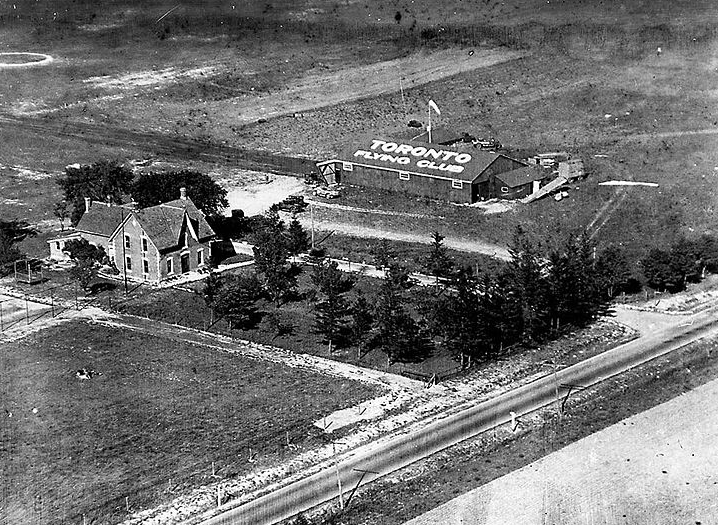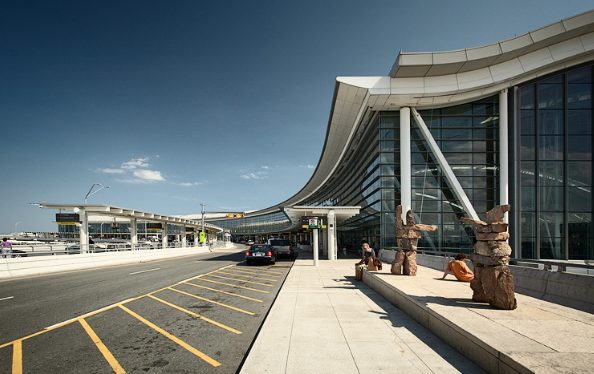In the 1950s, Toronto became a new destination for regional and international air travel. At that time, the largest airport in Canada began operating in the city. It is located 22.5 km from downtown Toronto and annually serves about 50 million passengers. Learn more about how this airport appeared in the city and changed over the decades at toronto-future.
In the 90s, Toronto began to gradually transform from a small town into a huge metropolis. A significant flow of emigrants as well as the development of tourism, trade and business contributed to effective international activities and the creation of new favourable conditions for them. Thus, people felt a need for innovations in the field of aviation, in particular, the opening of the first airport in the city.
Terminals for air travel have just begun to appear in many Canadian and European cities. In 1937, the city government approved the decision to build an airport not far from downtown Toronto and construction began immediately. Toronto City Council bought the agricultural lands out from their owners and allocated them for the construction of the airport.

Construction of terminals and arrangement of the airport area
The territory of the future airport was fenced off. Also, there were several roads nearby. The first passenger terminal was built there in 1938. It was a small one-story building and the inscription on its roof, Toronto Flying Club, indicated its purpose. In addition to the construction of the terminal, the city authorities gradually expanded the territory of the future airport. Its total area has increased to 420 acres by 1939. To ensure the efficient operation of aviation, a modern airport lighting system, radio and meteorological devices and two runways with a solid grass surface were installed there too.
After the first terminal was created, the airport was named Melton in honour of the nearby town. In 1940, it was bought by the municipality of Toronto. After that, it became the place for future pilots’ training, which lasted for two years and was conducted according to the British training program. Also, a tower, which was used to control the airliners’ flights, was built on the territory of the airport.
At first, the place was used for training on Avro Canada fighters, which gained speed and landed on the 3,368-metre-long runway. Regular regional and international flights started to take place there after the official opening of the airport.
In 1949, the second terminal building was built to replace the first one, which had already become obsolete. It was much larger and featured an observation deck on its roof. Also, according to the decision of the city authorities, the territory of the airport was expanded. As a result, the settlement of Elmbank disappeared forever.

A new stage in the development of aviation: international flights and airport reconstruction
In 1984, the Toronto airport received international status and the right to operate flights to other countries. Therefore, it was renamed in honour of Nobel Prize laureate and minister B. Pearson. Due to the increased number of passengers, Terminal No. 3 was opened and a plan for the airport development over the next 10 years was created. The budget for its implementation was $4 million.
The reconstruction of the airport area began with Terminals 1 and 2, which were replaced with one large building. In addition, a separate cargo terminal facility was built too. The airport has created more comfortable conditions for passengers and increased the level of inside and outside security of the terminals.
From 1996 to 2002, the airport underwent the construction of additional runways, and in 2005, it was listed among the busiest airports in the world. At first, it served about 400,000 passengers a year, and after several decades, this number increased to millions.